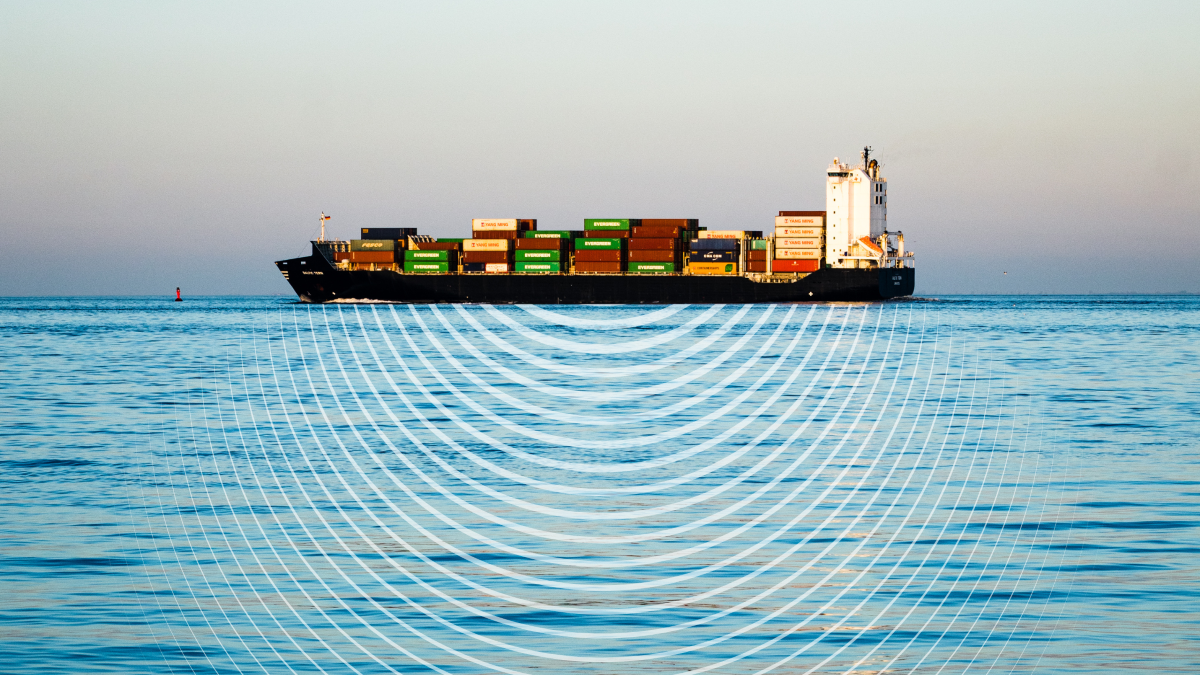
Marine life, from fish to whales, relies on sound for essential activities like hunting for food, avoiding danger and communicating with each other. However, this natural symphony is increasingly being overwhelmed by human-made noise from shipping, energy exploration, and construction. Some of Canada’s most threatened marine species are deeply affected by ocean noise – such as southern resident killer whales, or orcas, who are less able to hunt successfully as noise levels increase.
The Government of Canada has recognized the issue by releasing a draft Ocean Noise Strategy, which outlines objectives and recommendations for addressing underwater noise pollution. The draft Strategy is open to public consultation until October 22, 2024.
The draft Ocean Noise Strategy is an important first step, and signals that the government is serious about addressing underwater noise. However, many of the current draft’s recommendations focus on data collection and analysis, and don’t reflect the significant scientific knowledge we already possess. The Strategy is also missing concrete, actionable measures that will meaningfully protect marine life from underwater noise now and into the future.
In June 2024, we published a report with WWF-Canada and East Coast Environmental Law that identifies the many legal tools available to prevent and reduce underwater noise. Canada’s Ocean Noise Strategy should include commitments that incorporate these measures, including:
- Developing legally binding noise thresholds for specific activities, as well as regional noise budgets for the ocean;
- Enhancing protections for species at risk, including quantitative noise limits for acoustic habitats;
- Protecting quiet areas in our oceans through marine protected area designations, before they disappear;
- Requiring impact assessment review processes to reduce or prevent noise impacts from industrial projects. Measures such as these are also likely to incentivize the development of quieter technologies.
The research shows that a quieter ocean is possible. In the Salish Sea, for example, scientists have already identified key foraging and hunting areas for southern resident killer whales. Scientists have been measuring sound levels through hydrophones in the Salish Sea since at least 2017, and we understand the sources of noise and what levels of noise cause adverse effects.
What is needed are clear, mandatory measures that will reduce underwater noise now, so that we can act on the knowledge we already have.
We know Canadians care about the health of the marine environment. Please join us in sharing these concerns with Fisheries and Oceans Canada, and advocate for a stronger Ocean Noise Strategy and quieter future for the ocean.
Take Action
To participate, you can fill out the government’s online survey, or send in your views by email using the tool below.